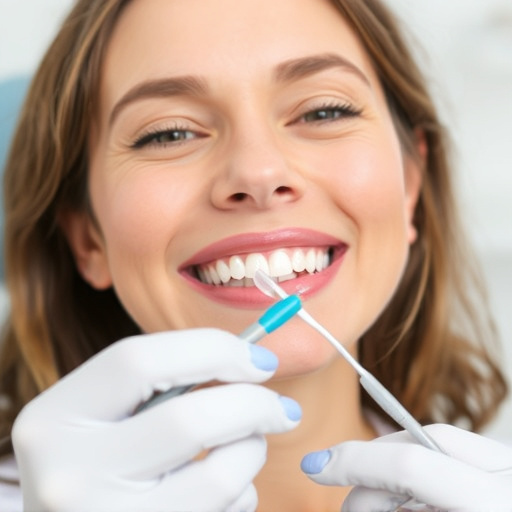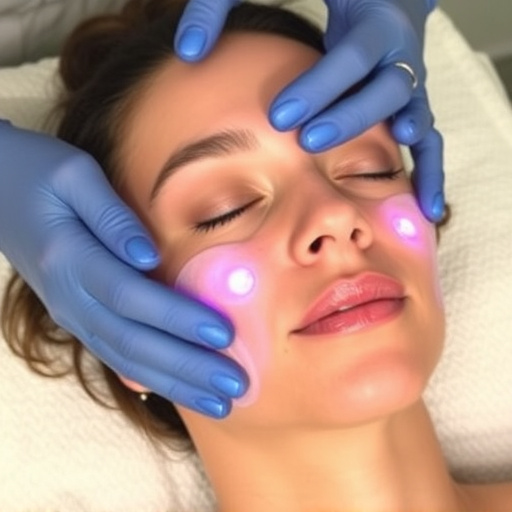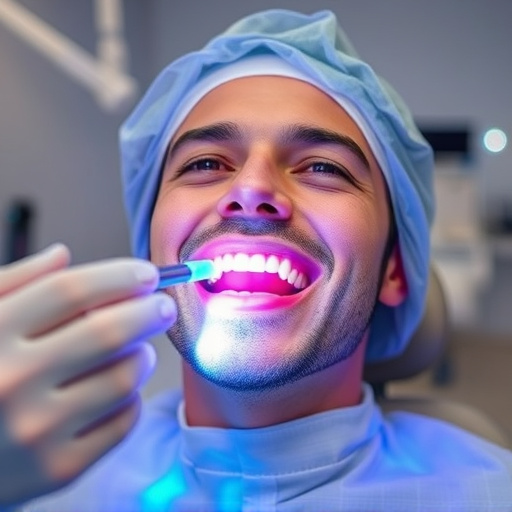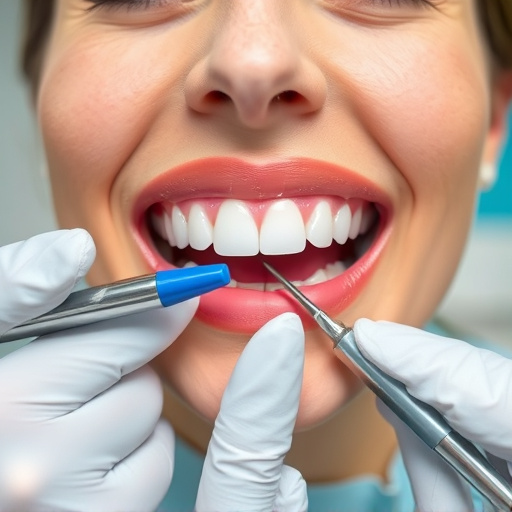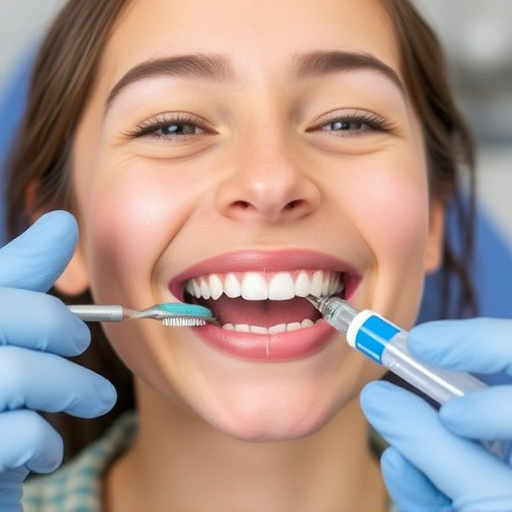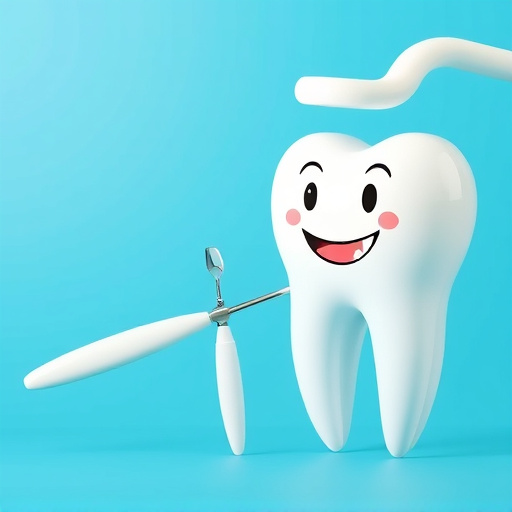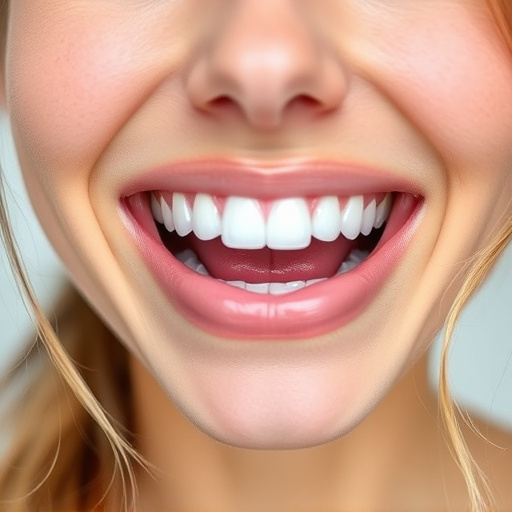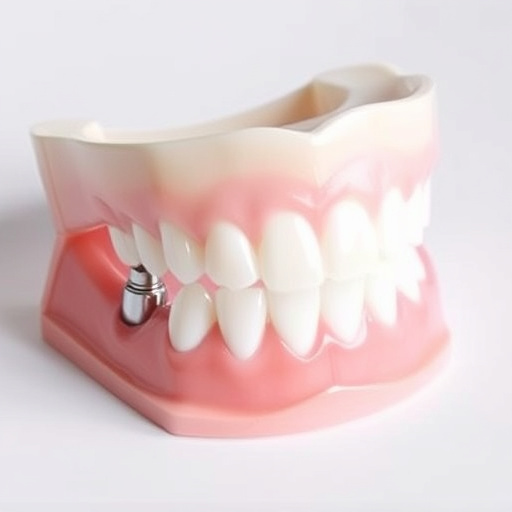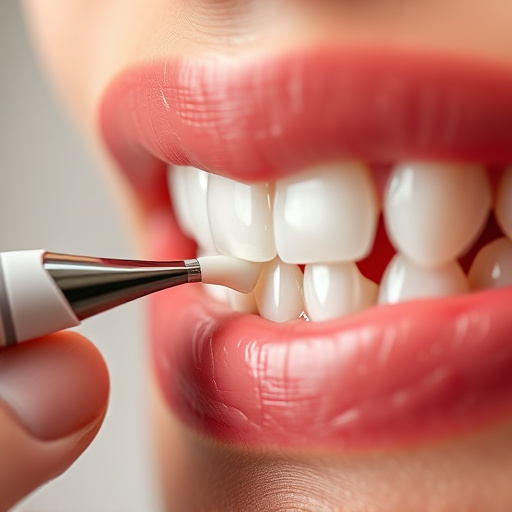Minimally invasive dentistry (MID) is a modern oral care approach that combines artistic precision with scientific advancements to preserve natural tooth structure and minimize tissue removal. Using advanced tools like digital imaging and 3D printing, MID offers precise treatments from cosmetic fillings to pediatric care, reducing patient discomfort, recovery time, and the need for multiple visits. This revolutionary technique aligns with family dentistry principles, providing less disruptive alternatives to traditional invasive practices.
Minimally Invasive Dentistry (MID) is transforming oral care by merging art and science for precise, effective treatments. This innovative approach prioritizes patient comfort and aesthetics while minimizing tissue removal. By leveraging advanced technologies, MID offers a range of benefits, from reduced recovery times to improved long-term outcomes. This article explores the philosophical foundations, cutting-edge technologies, and diverse applications that make minimally invasive dentistry a game-changer in modern dental care.
- Understanding the Philosophy Behind Minimally Invasive Dentistry
- Advanced Technologies Enabling Precision in Dental Care
- Benefits and Applications of Minimally Invasive Dental Procedures
Understanding the Philosophy Behind Minimally Invasive Dentistry

Minimally invasive dentistry (MID) represents a paradigm shift in oral care, focusing on preserving natural tooth structure and minimizing tissue removal. This approach combines artistic precision with scientific advancements to achieve optimal aesthetic and functional results. Unlike traditional dental practices that often rely heavily on drilling and cutting, MID prioritizes the least intrusive methods for diagnosing, treating, and preventing dental issues.
The core philosophy of minimally invasive dentistry is centered around the belief that every effort should be made to maintain natural teeth as much as possible. This includes using advanced diagnostic tools like digital imaging and 3D printing to accurately plan treatments. For example, in cases requiring tooth repair or filling, MID employs techniques that preserve healthy enamel, reducing the need for extensive carving and drilling. Even clear aligners, a popular alternative to traditional braces, align teeth gently without causing discomfort or damaging the gum line, reflecting the broader trend towards more conservative, science-driven dental practices.
Advanced Technologies Enabling Precision in Dental Care
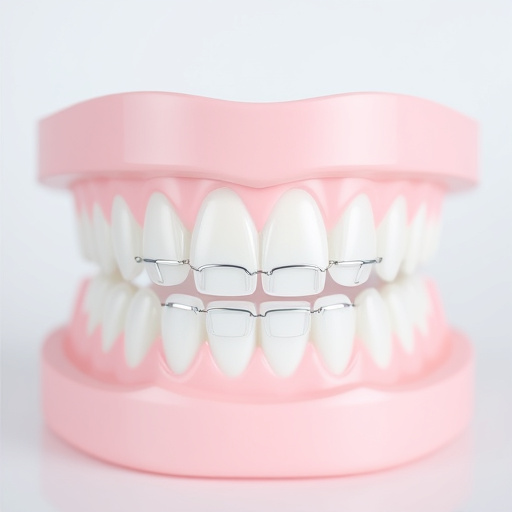
The advancement of technology has brought about a revolution in minimally invasive dentistry, enabling dentists to provide precise and effective care with minimal discomfort for patients. Modern tools such as laser dentistry, digital imaging, and 3D printing have drastically improved diagnostic capabilities. Dentists can now create detailed models of teeth and gums using advanced scanning techniques, allowing for more accurate planning and execution of procedures.
For instance, when dealing with cosmetic fillings or even addressing complex issues in children’s dentistry, these technologies ensure that dental crowns are precisely fitted, enhancing the overall success rate. The precision offered by these advanced tools not only improves treatment outcomes but also reduces the need for multiple visits, making dental care more efficient and patient-friendly.
Benefits and Applications of Minimally Invasive Dental Procedures

Minimally invasive dentistry is transforming the field of oral care by offering a more precise and patient-centric approach to various dental procedures. This advanced technique prioritizes minimizing tissue trauma, reducing recovery time, and enhancing overall comfort for the patient. One of its key benefits lies in the ability to perform complex treatments with smaller incisions, leading to less pain and less risk of infection.
The applications of this innovative method are vast, from simple tasks like placing dental fillings, where it ensures faster healing and reduced sensitivity, to more intricate procedures such as wisdom tooth removal. By utilizing advanced technologies and tools, dentists can navigate the mouth with utmost care, preserving healthy tissues and promoting better long-term oral health outcomes. This approach is particularly advantageous for individuals seeking a less disruptive alternative to traditional, invasive dental practices, aligning perfectly with the principles of family dentistry.
Minimally invasive dentistry represents a significant leap forward in dental care, seamlessly merging artistic expertise with scientific rigor. By leveraging advanced technologies and precision techniques, dentists can now perform complex procedures with minimal impact on patients’ oral health and comfort. This approach not only enhances the overall patient experience but also promotes faster recovery times and long-lasting results, making it a preferred choice for many. As the field continues to evolve, minimally invasive dentistry promises to redefine what’s possible in oral healthcare.
